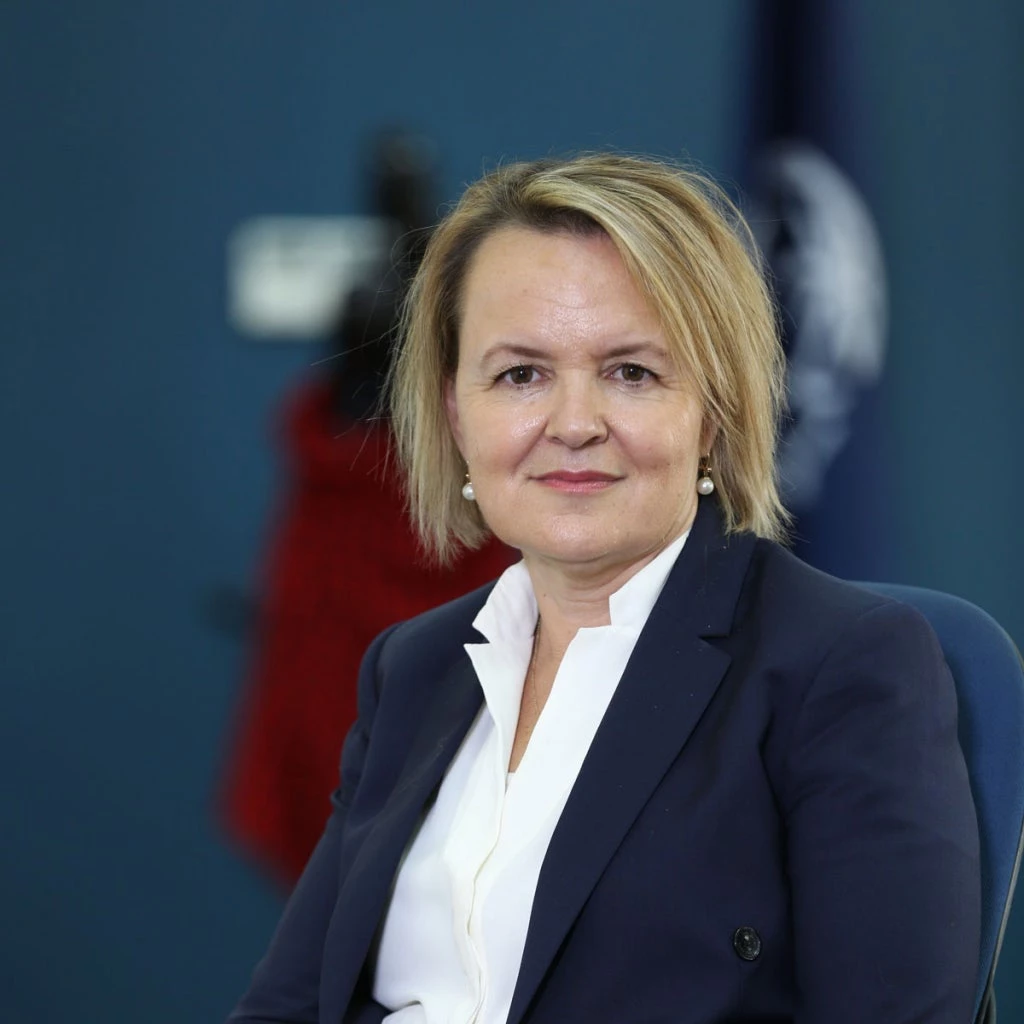
Two Tanzanian entrepreneurs: Hadiya and Mzuzi. Hadiya has built a successful micro-business taking advantage of mobile money services, including money transfers and savings products that are low cost and safe, as well as short term micro-loans. But Mzuzi, the owner of a small, 10-person enterprise, is facing a financial crisis despite huge personal drive and inventiveness because of his inability to access credit to expand.
The stories of these two entrepreneurs embody the experiences of real-life Tanzanians seeking opportunities for themselves and their families. Their need for financial products and services opens the second section of the 9th Edition of the Tanzania Economic Update series which, in addition to providing the World Bank’s regular overview of the economy, puts a special focus on an issue of strategic significance to the country.
The broad story of Tanzania’s growth and poverty reduction over the past decade is now well known: With strong and consistent growth rates of 6%–7%, Tanzania has performed very well by regional standards. But while the poverty level in Tanzania has declined significantly, roughly 12 million Tanzanians still live on less than Sh1,300 (58 US cents) per day, with many others living just above the poverty line and at risk of falling back into extreme poverty in the event of an economic shock.
A key challenge for Tanzania’s economy is the estimated 800,000 young women and men who enter the job market annually with only limited opportunities to find a productive job.
Maintaining and accelerating growth requires the right policies. Tanzania’s impressive growth to date has been driven by the decisions of the past. Future growth will be driven by the decisions of today’s leaders. The Government of Tanzania is clear that it is focused on achieving an annual 10% rate of growth by 2020 but, to build on the current momentum, it needs to pay attention to three key areas. These are the subject of this latest economic update.
Firstly, the government should maintain its prudent macroeconomic policy management. Secondly, there should be effective management of public investment. Thirdly, Tanzania needs to unlock the growth potential of the private sector. There is no alternative to private sector-led growth to reach the levels of investment, employment and poverty reduction that will fulfil the aspirations of the Tanzanian people.
As Tanzania enjoyed a decade of stable growth, the country also made very impressive progress towards creating an efficient, low-cost mobile money infrastructure. This helped to extend financial inclusion for the benefit of many. However, the much larger formal financial system, which is critical for the growth of the business sector, continues to lag behind. Additional steps are therefore needed to further improve the mobilization of savings, whilst providing access to affordable credit to the real economy. Interest rates remain high and access to credit very restricted, resulting in a lower ratio of credit to the private sector relative to Tanzania’s GDP, compared to regional and global comparators.
Three directions are suggested to secure the prospects of citizens like Hadiya and Mzuzi and many more like them.
Firstly, undertake measures to expand access to those still not participating in financial services: almost one out of three adults lacks access to financial services, with women and citizens in rural areas still strongly disadvantaged. A complete and swift roll out of an efficient and inclusive National ID system, coupled with the shift towards electronic payments for government-related transactions, including for social transfers such as TASAF, could facilitate the expansion and deepening of financial inclusion.
Secondly, deepening inclusion by broadening the use of more advanced financial products and services could help Tanzania move towards a more formalized, transparent, and dynamic economy. This can be achieved through measures that foster competition between banks and other financial service providers.
Last but not least, Tanzanians’ access to affordable long-term credit needs to be improved. Reducing the pressure of public borrowing would reduce the disincentives for lending to the private sector, which would in turn improve the availability of long-term credit.
Tanzania holds great potential for accelerating its growth for the benefit of all citizens. Taking measures to bring money within reach of enterprising citizens will help to harness their latent talent, energy and drive. This will not only contribute to growth of the economy, but widen opportunities for men and women, the Hadiyas and Mzuzi’s, to benefit and play their part.
With these needs in mind, Tanzania is among the 25 priority countries within the World Bank Group's Universal Financial Access 2020 initiative, whose goal is to enable access to transaction accounts as a first step toward broader financial inclusion.
We hope that this Ninth Edition of the Tanzania Economic Update will contribute to the debate.


Join the Conversation